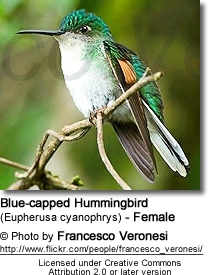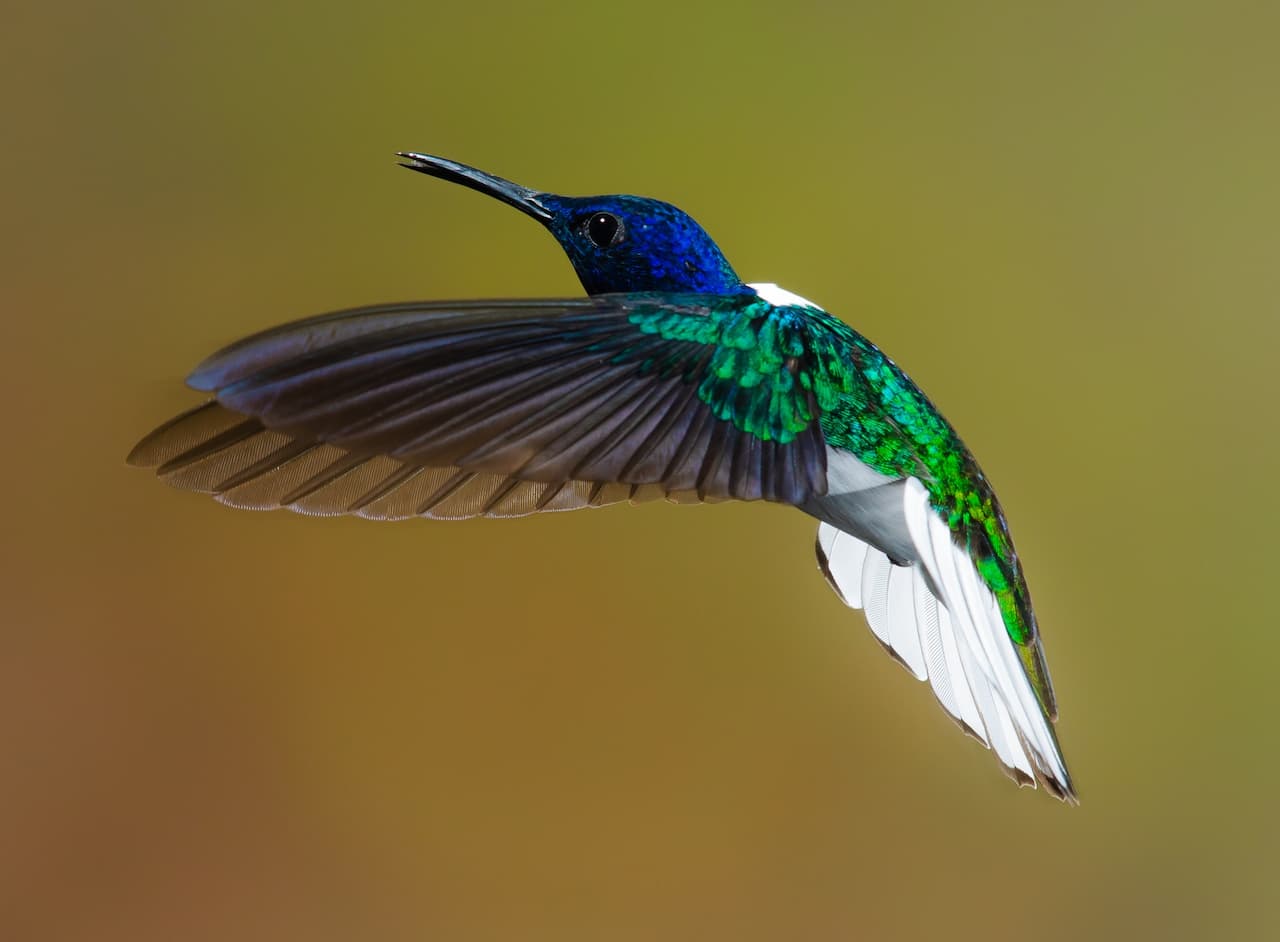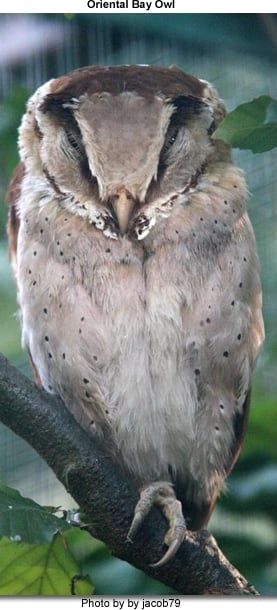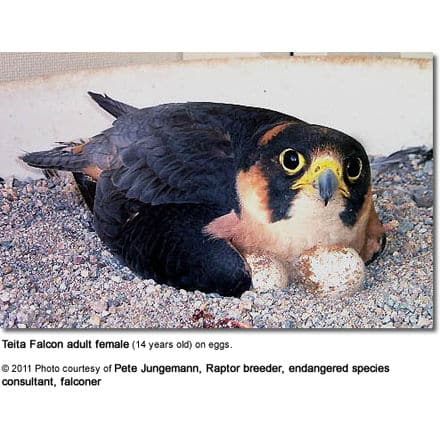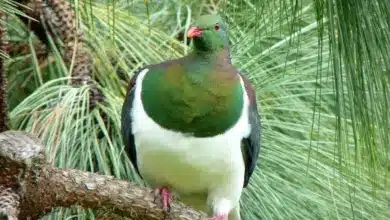Blue-capped Hummingbirds
The Blue-capped Hummingbirds (Eupherusa cyanophrys) have a very limited range in southwestern Mexico, where they are only found in the state of Oaxaca; hence they are commonly referred to as Oaxaca Hummingbirds.
Their numbers are suspected to be rapidly declining due to the clearing of their montane forest habitats. Before 1997, these birds were at the very least locally common, but now sightings are rare and populations appear to be highly localized. Therefore, they are now classified as “Endangered” (of extinction).
Some authorities consider them to be a subspecies of the more widespread Stripe-tailed Hummingbirds.
Distribution / Habitat
The Blue-capped Hummingbirds are only found in the Sierra de Miahuatlán – an isolated mountain range in southernmost Oaxaca, Mexico – an area that is dominated by tropical semi-deciduous forest, cloud forest, pine-oak, and gallery forests.
They are usually found at elevations of 4,300 – 6,400 feet (~1,300 – 1,950 meters) but may wander down to 2,300 feet (700 meters) or as high as 6,561 feet (2,500 meters).
Hummingbird Resources
- Hummingbird Information
- Hummingbird Amazing Facts
- Attracting Hummingbirds to Your Garden
- Hummingbird Species
- Feeding Hummingbirds
Description
Size
Blue-capped Hummingbird measure 3.9 – 4.3 inches or 10 – 11 cm in length (to the tip of the tail); and weigh 0.16 – 0.18 oz (4.5 – 5.2 g).
Plumage Details / Adults
The male has a mostly glossy green plumage, except for the violet-blue crown, turquoise hindcrown, cinnamon inner wing feathers – which show as a cinnamon shoulder patch when the wings are closed, and the white outer feathers of the upper tail.
The female has a white spot behind each eye. Her upper plumage is also glossy green, but her plumage below is greyish. The sides of her head are black. She also has a cinnamon patch on each shoulder, but it is less bright. The feathers of her upper tail are grey-tipped white.
Other Physical Details
The black bill is long and straight.
Juvenile Description
Immatures resemble females, except juvenile males have a greyish-green belly.
Similar Species
This species resembles the White-tailed Hummingbird (Eupherusa poliocera), but male Blue-capped Hummingbirds can easily be identified by their bluish-purple forecrown. However, males and juveniles look nearly identical.
They could also be confused with the Berylline Hummingbirds (Amazilia beryllina) – but the latter has a rufous tail, lacks the blue crown, and has a red lower bill (mandible).
Diet / Feeding
The Blue-capped Hummingbird primarily feeds on nectar taken from a variety of brightly colored, scented small flowers of trees, herbs, shrubs, and epiphytes, in particular feeding on the flowers of Inga, Kohleria, Lobelia, Malvaviscus, Manettia, Psittacanthus, and Hamelia patens.
They use their long, extendible, straw-like tongues to retrieve the nectar while hovering with their tails cocked upward as they are licking at the nectar up to 13 times per second. Sometimes they may be seen hanging on the flower while feeding.
Many native and cultivated plants on whose flowers these birds feed heavily rely on them for pollination. The mostly tubular-shaped flowers exclude most bees and butterflies from feeding on them and, subsequently, from pollinating the plants.
They may also visit local hummingbird feeders for some sugar water, or drink out of bird baths or water fountains where they will either hover and sip water as it runs over the edge; or they will perch on the edge and drink – like all the other birds; however, they only remain still for a short moment.
They also take some small spiders and insects – important sources of protein particularly needed during the breeding season to ensure the proper development of their young. Insects are often caught in flight (hawking); snatched off leaves or branches, or taken from spider webs. A nesting female can capture up to 2,000 insects a day.
The Blue-caps are less aggressive than other hummingbirds, many of which aggressively protect their feeding or breeding territories.
Breeding / Nesting
Blue-capped Hummingbirds are known to nest between May and November.
As is typical of hummingbirds, these birds are solitary in all aspects of life other than breeding; and the male’s only involvement in the reproductive process is the actual mating with the female. They neither live nor migrate in flocks, and there is no pair bond for this species. Males court females by flying in a U-shaped pattern in front of them. He will separate from the female immediately after copulation. One male may mate with several females. In all likelihood, the female will also mate with several males. The males do not participate in choosing the nest location, building the nest, or raising the chicks.
The female Black-bellied Hummingbird is responsible for building the bulky cup-shaped nest out of plant fibers woven together and green moss on the outside for camouflage in a protected location. She lines the nest with soft plant fibers, animal hair, and feathers down, and strengthens the structure with spider webbing and other sticky material, giving it an elastic quality to allow it to stretch to double its size as the chicks grow and need more room. The nest is typically found on a low, thin horizontal branch.
The average clutch consists of two white eggs (about the size of coffee beans), which she incubates alone for about 15 – 19 days, while the male defends his territory and the flowers he feeds on. The female alone protects and feeds the chicks with regurgitated food (mostly insects since nectar is an insufficient source of protein for the growing chicks). As is the case with other hummingbird species, the chicks are brooded only the first week or two and are left alone even on cooler nights after about 12 days – probably due to the small nest size. The chicks leave the nest when they are about 20 – 26 days old.
Calls / Vocalizations / Sounds
Their vocalizations are described as buzzy, liquid chipping notes that last about 2 to 8 seconds; and their song as “jerky, warbling.”
https://www.xeno-canto.org/embed.php?XC=96541&simple=1
Alternate (Global) Names
Chinese: ???? … Czech: Kolibrík oaxacký, kolib?ík oaxacký … Danish: Blåkronet Kolibri … Dutch: Oaxacakolibrie, Oaxaca-kolibrie … Finnish: Mustaotsakolibri … French: Colibri d’Oaxaca … German: Blauscheitelkolibri, Blaustirneupherusa, Blaustirn-Eupherusa … Italian: Colibrì capoblu, Colibrì di Oaxaca … Japanese: kurobitaiojirohachidori … Norwegian: Blåkronekolibri
Polish: diamencik niebieskoglowy, diamencik niebieskog?owy … Russian: ??????????? ???????? … Slovak: kolibrík oaxacký … Spanish: Colibrí de Capa Azul, Colibri Oaxaqueño, Colibrí Oaxaqueño … Swedish: Blåkronad kolibri

